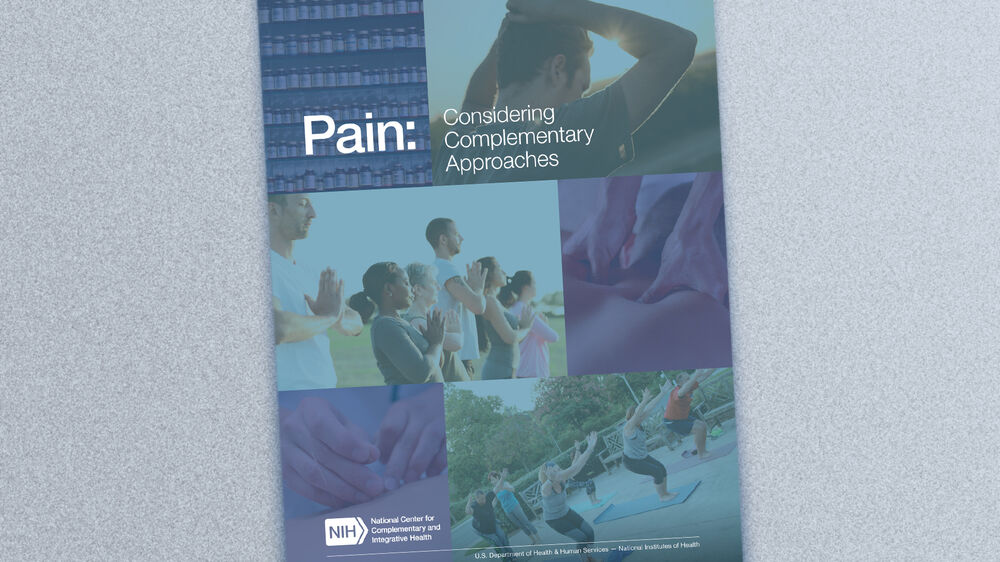
Last updated on July 16th, 2024 at 11:38 am
Looking to add a complementary health treatment—like yoga or meditation—to your pain management approach?
Before you dive in, make sure to check with your health care provider. Complementary health approaches are generally safe, but you have to make sure the approach you choose is safe for you and performed correctly. For treatments such as acupuncture or massage, be sure you are treated by a professional.
To help you get started, here are overviews of five types of complementary health treatments, with helpful information in part from the National Center for Complementary and Integrative Health’s (NCCIH) “Pain: Considering Complementary Approaches” e-book.
Acupuncture
Acupuncture uses needles to stimulate specific areas of the body to reduce pain. As part of the National Institutes of Health’s Helping to End Addiction Long-term Initiative, NCCIH-supported researchers study how acupuncture can help older adults with chronic low back pain. Other research has found that acupuncture can help with fibromyalgia pain, knee pain, and headaches.
Spinal manipulation
Spinal manipulation is one of the most commonly used complementary health treatments in the U.S. It involves a chiropractor or other health professional applying a controlled force to the joints of the spine using their hands or a device. Spinal manipulation may be a helpful nondrug treatment for people with chronic low back pain. It may also help relieve headaches, including migraines.
Meditation and mindfulness
Meditation can involve focusing your mind on a particular sensation (such as breathing), a sound, a repeated word or phrase, or an image. Mindfulness helps you focus your attention or awareness on the present moment. Recent research supported by NCCIH has shown that using mindfulness to help patients with chronic pain and dependence on opioids has promise.
Yoga
Yoga is a series of poses, movements, and deep-breathing exercises. It often combines deep breathing and meditation. Studies show that yoga can be helpful for low back pain, with effects similar to those of exercise. Research on yoga for neck pain and arthritis has been limited, but some studies have had promising results, according to NCCIH.
Dietary supplements and natural products
According to NCCIH, natural products used in complementary health include herbs, vitamins, minerals, and probiotics. These products are often marketed as dietary supplements. The U.S. Food and Drug Administration regulates dietary supplements, but the regulations are different from those for prescription medicines. Early results of studies using probiotics to ease irritable bowel syndrome pain have been promising. And omega-3 fatty acids, like those found in fish oil, may help rheumatoid arthritis symptoms.
